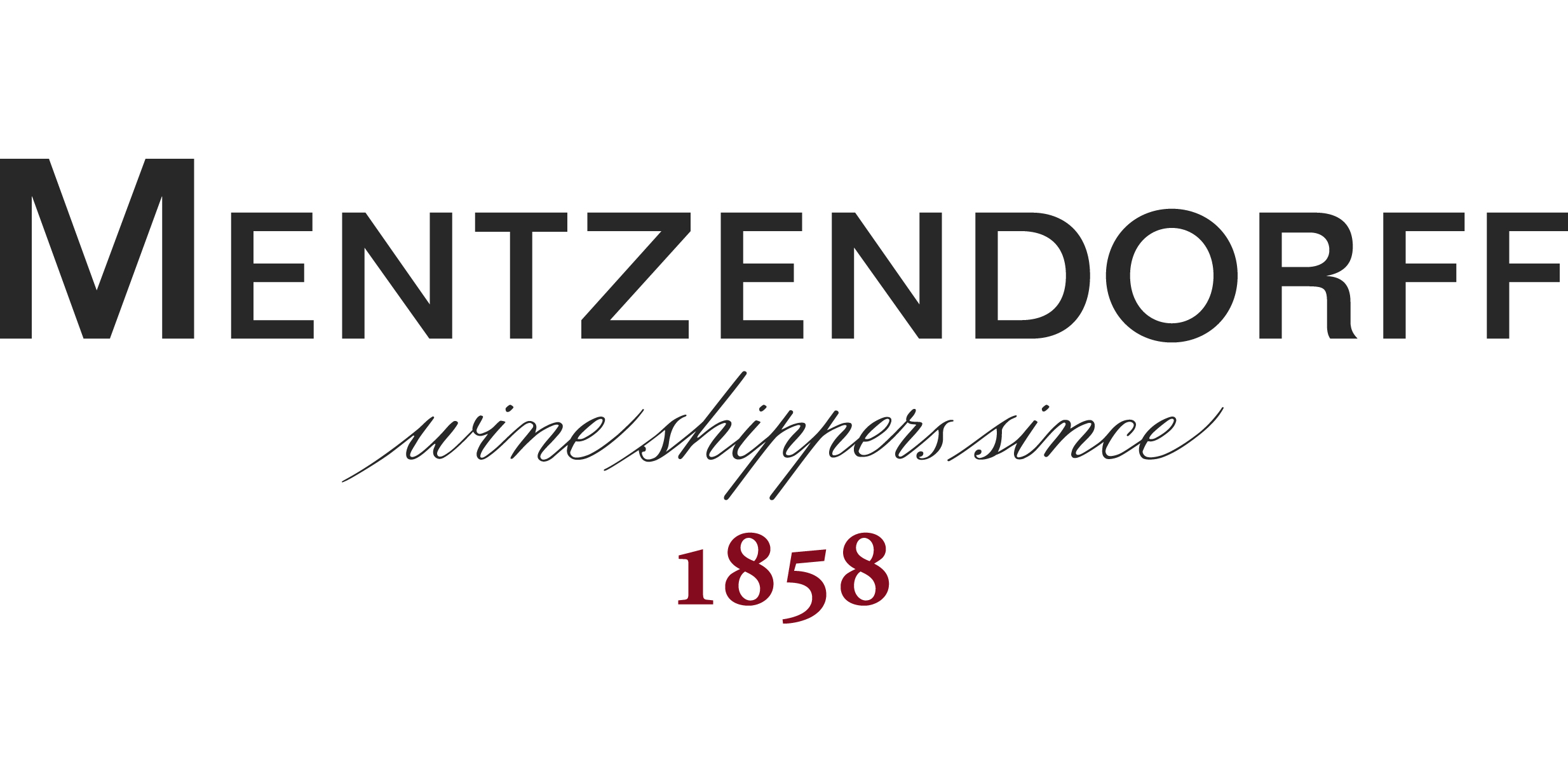South Africa: Hamilton Russell Vineyards and Klein Constantia
At the very end of January this year we travelled to South Africa to escape the drudgery of another English winter for some much sought for sun!
We arrived into Cape Town and made our way to Higgovale, tucked in at the base of Lion’s Head, and the house we were staying in. A quick turnaround and we were off to explore the city and set off for the V&A Waterfront and the wonderful Zeitz Museum of Contemporary Art Africa.
Returning to the house having soaked up some culture, a couple of bottles of a delicious South African rosé and several towering piles of barbequed prawns a small nap seemed in order. This was, however, not destined to be and shortly after dropping off we were awoken by the sounds of sirens and helicopters passing close overhead. The reason why quite quickly became apparent… Lion’s Head was ablaze and the emergency services were battling hard to keep it under control. Fortunately for us the wind was blowing the fire, smoke and ash away from us and we weren’t in any immediate danger. The next day the damage wrought by the fire was clear to see as we travelled to Kirstenbosch and the National Botanical Garden. Few gardens can match the sheer grandeur of the setting of Kirstenbosch, against the eastern slopes of Table Mountain and I cannot recommend a visit highly enough if you are ever visiting Cape Town.

The following day we travelled south towards the seaside town of Hermanus. Having skirted some protests and then roads closed due to fire damage we found ourselves quite a long way off our route and at the mercy of Google Maps. The drive became somewhat more akin to a stage in the World Rally Championships as the satnav decided to take us on a direct, but not very comfy route (apologies to the hire cars suspension).
Everyone we had spoken to about visiting Hermanus had recommended Bientang’s Cave. This Hermanus restaurant is equally famous for its fantastic seafood and the spectacular whale watching from its tables situated mere feet from the crashing waves and salt spray of the South Atlantic. Sadly we visited out of the whale watching season but we will undoubtedly return for more delicious food, South African gin and hopefully a few glimpses of these gentle giants.

A short drive led us to the Hemel-en-Aarde and the real reason we had driven south from Cape Town – The Hamilton Russell Family Properties; Southern Right, Ashbourne & Hamilton Russell Vineyards.
Once again there were clear signs that the area had been badly affected by recent wildfires. The fields we drove past had been turned to ash by the conflagration and it would not have been a surprise to have passed a young Robert Duvall venerating the smell in the morning.

When we arrived at the Estate we were met by Anthony Hamilton-Russell whose father, Tim, had purchased the previously uncultivated land back in the 1970’s. He explained the estates history and about its unique situation and the geological characteristics that have shaped the style of the wines produced here. This was followed by a brief visit of the winery and cellars where we were treated to taste the Hamilton Russell Chardonnay and Pinot Noir from the 2016, 2017 and 2018 vintages as well as the Ashbourne Pinotage 2016.

The 2016’s were a revelation and demonstrated the advantages of the Hamilton Russell’s proximity to the cool South Atlantic. The story generally for the 2016 vintage was one of excessive heat and intense dryness. Both the Pinot and the Chardonnay were tighter, leaner and more structured than other wines from the vintage and very “classic Hamilton Russell”.
One of the standout features of 2017 vintage according to Anthony was achieving phenolic ripeness but at unusually low alcohol – a highly desirable situation – and none too common for South Africa. Both the wines were fine and elegant with marked minerality and beautifully high acidities that danced across the tongue like Fred Astaire.
The 2018 Pinot Noir was showing beautiful dark and black bramble fruit and the oak is very well integrated with the minerality shining through – a fantastic Pinot Noir that will only improve with time in the bottle. A warmer than average February, combined with the very low yields contributed to a riper more opulent style compared to 2017’s.

After the tasting we went up to the beautiful family home, Braemar Lodge, where we were greeted by Olive Hamilton-Russell and a vast host of dogs of varying sizes. Views from the terrace of the surrounding area revealed more swathes of land that had been affected by the wildfires. As well as a number of smaller fires there was one massive one that burned around the Hamilton Russell vineyards on January 11th damaging 10% of the Pinot Noir vines and also the olive trees that surround the property. This had initially led to concerns over smoke taint but fortunately the fire passed through very rapidly reducing smoke exposure. These wildfires are a natural process that keeps the Fynbos healthy and the Hamilton Russell’s were fortunate as they had, only the year before, carried out a controlled burn on much of the Fynbos which reduced the quantity of fuel available markedly.

Back to Cape Town and the following day saw us hiking Table Mountain on the India Venster Trail. The trail gets its name from the shape of the ravine situated between two large rock buttresses – shaped like the Indian subcontinent. The “Venster” (window in Afrikaans) is attributed to a view point framed by rocks on the trail. The hike took in a number of very steep and overhanging buttresses with grey and white rock with plenty of testing rails, overhangs and dramatic arêtes.
Klein Constantia is often described as one of the world’s most beautiful vineyards and driving through Constantia towards the farm it is easy to understand why! The estate is set in the upper foothills of Constantiaberg surrounded by trees and offering breath-taking views across the valley and False Bay.

We began by learning about the history of the farm which dates back to 1685 when Simon van der Stel, the first governor of the Cape, set out to discover the most favourable location to plant his vines. This was followed by a vineyard tour with Alan Wickstrom from Klein Constantia in one of the farms trusty Land Rover Defenders and a glass of the 100% Chardonnay, Méthode Cap Classique.

Back in the winery and just as we were about to settle in for a tasting through the range of wines we were joined by winemaker Matt Day who guided us as we tried the latest vintages of the Estate wines; Riesling, Sauvignon Blanc and Chardonnay before moving on to the Metis, Clara and Perdeblokke Sauvignon Blancs as well as the Estate Red, Vin de Constance and Anwilka wines.

The Metis is a collaborative wine inspired by Pascal Jolivet from Sancerre which is reflected in the flower on the label – a hybrid of the South African Protea and French Iris. The best blocks are chosen from a selection of the higher Sauvignon Blanc vineyards on the farm, providing grapes with a high acidity and low pH. The Clara is a relatively new wine that comes from 6 of the top blocks. These blocks each display different traits and range from 260 – 300m above sea level. The blocks are kept separate during vinification allowing their unique characteristics to develop and evolve. The top barrels are then selected to make up the blend of the Clara Sauvignon Blanc. Last but not least of the Sauvignon Blancs was the Perdeblokke. The name refers to the breed of horses that tilled the soils of the steep slopes that lie 200-220 metres above sea level on the slopes of the Constantiaberg Mountain. It is only made in years of exceptional quality and is a distinctly unique Sauvignon Blanc.

The Estate Red followed on from the whites and you could be forgiven for thinking of this wine as a bit of an afterthought given Klein Constantia’s emphasis on Sauvignon Blanc and of course the Vin de Constance. It is however a truly lovely wine made up of Cabernet Sauvignon, Shiraz, Malbec and Petit Verdot for which the individual blocks are split into smaller parcels enabling the fruit to be picked at optimal ripeness. Last from Klein Constantia, but certainly not least, the 2015 vintage of Vin de Constance. This is the latest scion of this legendary wine from this famed estate. We also tried the wines from Anwilka, Klein Constantia’s sister farm in Stellenbosch which produces some exceptional red blends.
This was all followed by a delightful lunch at the Klein Constantia Bistro and we found that all too soon it was time to return to the UK.




